What is the difference between climate change and global warming? This is what you need to know
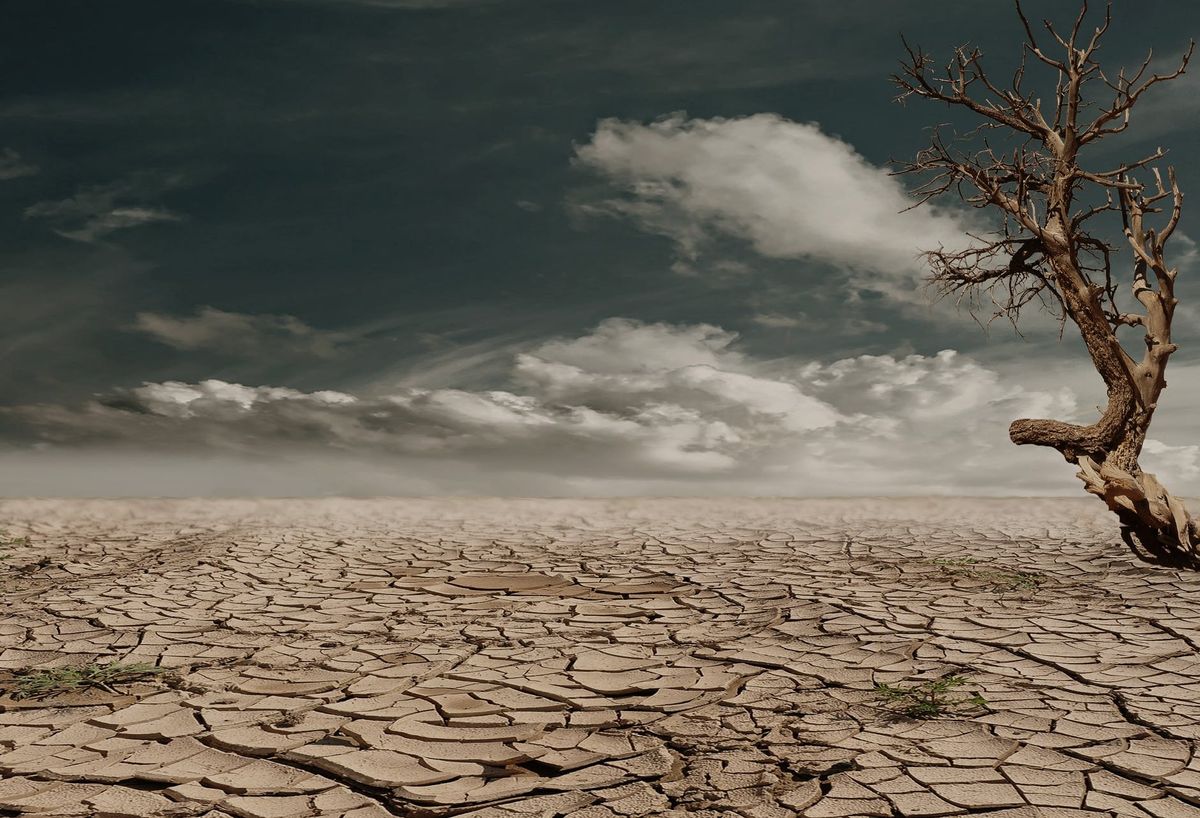
A few minutes every morning is all you need.
Stay up to date on the world's Headlines and Human Stories. It's fun, it's factual, it's fluff-free.
Climate change and global warming are terms often associated with each other and sometimes even used interchangeably. However, it is essential to note the distinction between the two terms to help with clarity when discussing related topics.
So, what is the difference between climate change and global warming?
What is climate change?
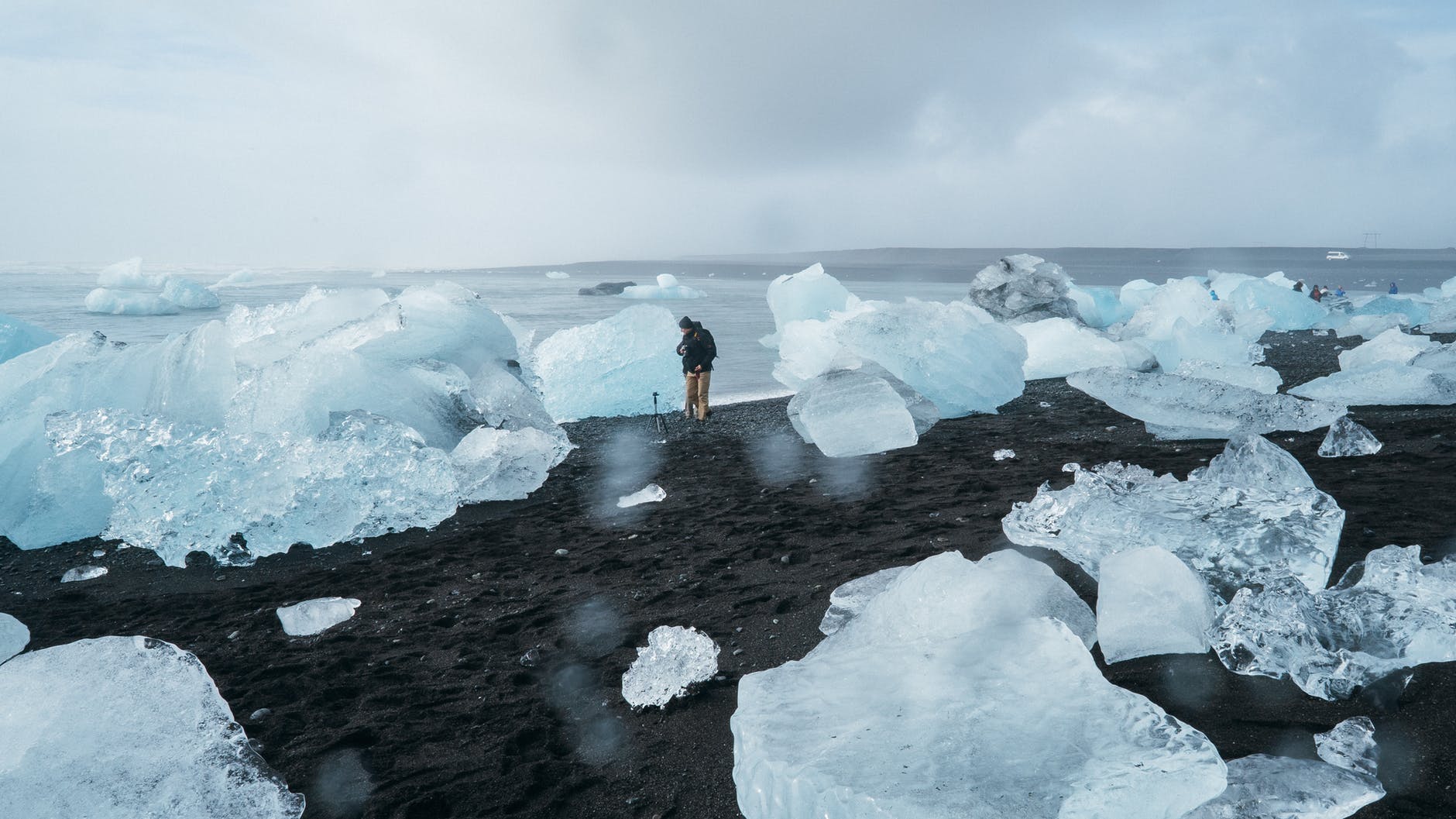
The National Aeronautics and Space Administration, or more commonly known as NASA, defines climate change as “long-term change in the average weather patterns that have come to define Earth’s local, regional and global climates.” These changes in weather patterns also give rise to many other effects, and those are lumped together under climate change. This includes effects like rising sea levels, shrinking glaciers and an increase in severe weather events.
This may lead people to wonder: What causes climate change? It’s important to note some key factors that play into climate change and the effects these may have. One of climate change’s primary causes is human activities. The United Nations (UN) lists these causes as:
- Greenhouse gas emissions: Power generation through non-sustainable methods, manufacturing goods, transportation and food production are some of the leading causes of greenhouse gas emissions. When pollutants from these processes enter the atmosphere, they trap heat and cause temperatures to rise. This is called the “greenhouse effect.”
- Deforestation: When forests are cut down, trees release stored carbon into the atmosphere. This is another source of emissions that contributes to the greenhouse effect. Forests also absorb carbon dioxide from the atmosphere, so removing them means more carbon dioxide lingers.
The term “climate change” also includes adverse effects caused by these shifting weather patterns. These phenomena, including rising sea levels and shrinking glaciers, owe their existence to perhaps the most significant aspect of climate change: global warming.
What is global warming?
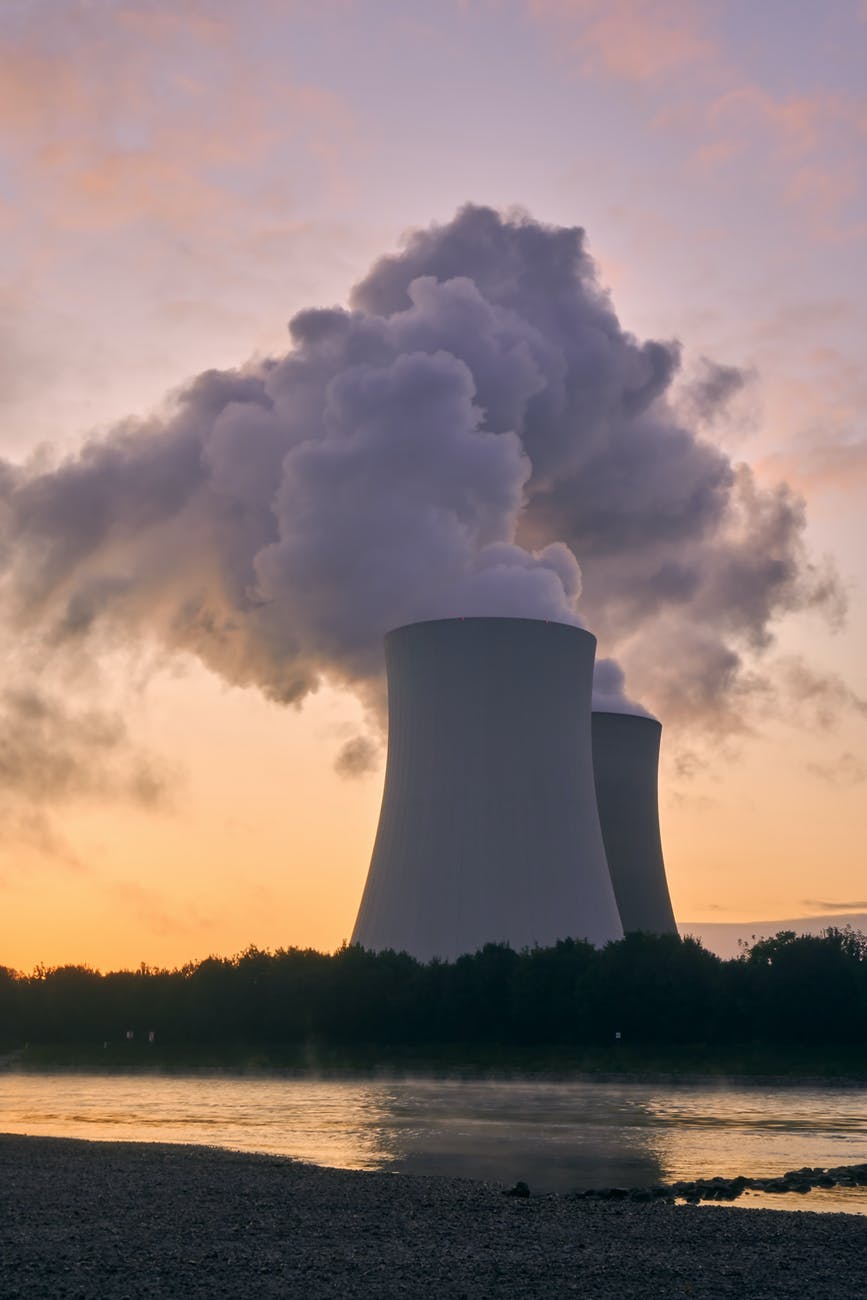
NASA explains that global warming is “the long-term heating of Earth’s climate system observed since the preindustrial period (between 1850 and 1900).” So, what causes global warming? Human activity is the most significant contributor, with fossil fuel burning being the primary culprit.
We officially measure global warming by the average increase in the Earth’s global surface temperature. Since the pre-industrial period mentioned before, the Earth’s average global surface temperature has increased by about 1 degree Celsius (1.8 degrees Fahrenheit). Human activity is the primary driving force behind this increase.
This number is expected to increase by about 0.2 degrees Celsius (0.36 degrees Fahrenheit) every decade. Although this may seem inconsequential to some, as a 1 degree temperature difference on a local scale is barely recognizable, the issue comes down to weather and temperature in a localized area versus this temperature increase on a global scale.
This global increase has already caused visible changes, and the possibility for further warming can increase these issues. NASA references a study from The European Geosciences Union which showed what would happen with a global average increase in temperature from 1.5 degrees Celsius to 2 degrees Celsius. Based on that study, even that seemingly slight increase could intensify the impact of climate change.
Extreme weather events like heat waves and rainstorms would be about a third longer because of this increase, and sea levels would experience a similar increase. A 2 degrees Celsius increase could also drastically wipe out coral reefs.
What’s the difference between climate change and global warming?
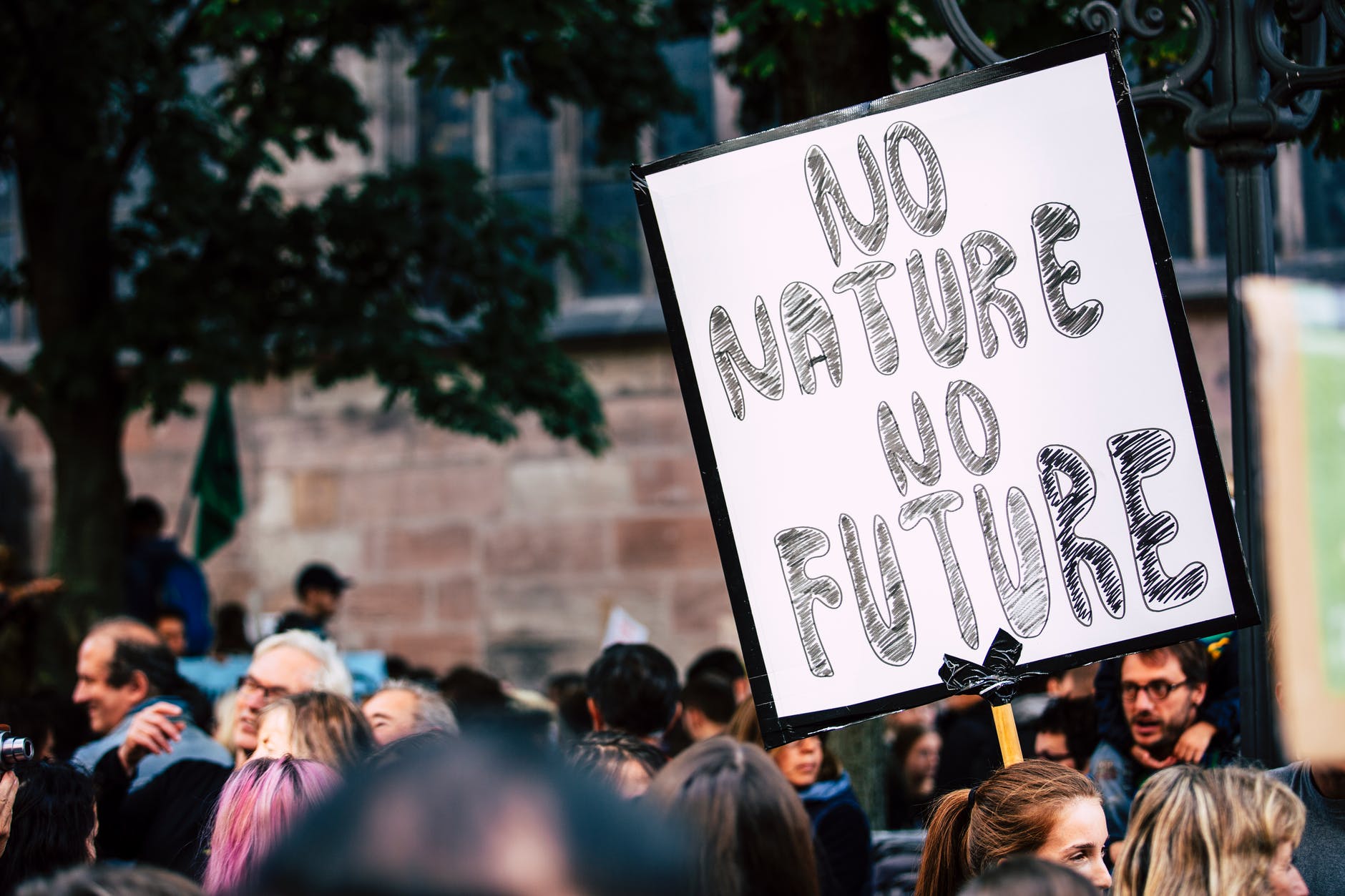
Global warming and climate change should not be used interchangeably because climate change refers to natural processes as well as changes influenced by human activities. Global warming, however, is an issue that specifically highlights the harmful effects of human actions. This is an important distinction as it helps to guide the discussion on addressing these issues.
Another difference between climate change and global warming is that global warming refers only to the Earth’s rising global surface temperature. Climate change is a broader term and includes global warming and its effects on the planet.
Global warming vs. climate change isn’t necessarily a debate, though, as these two terms have distinct definitions but are not entirely unrelated. Addressing the effects of climate change and preventing further harm means addressing the causes of global warming.
What can we do to stop climate change?
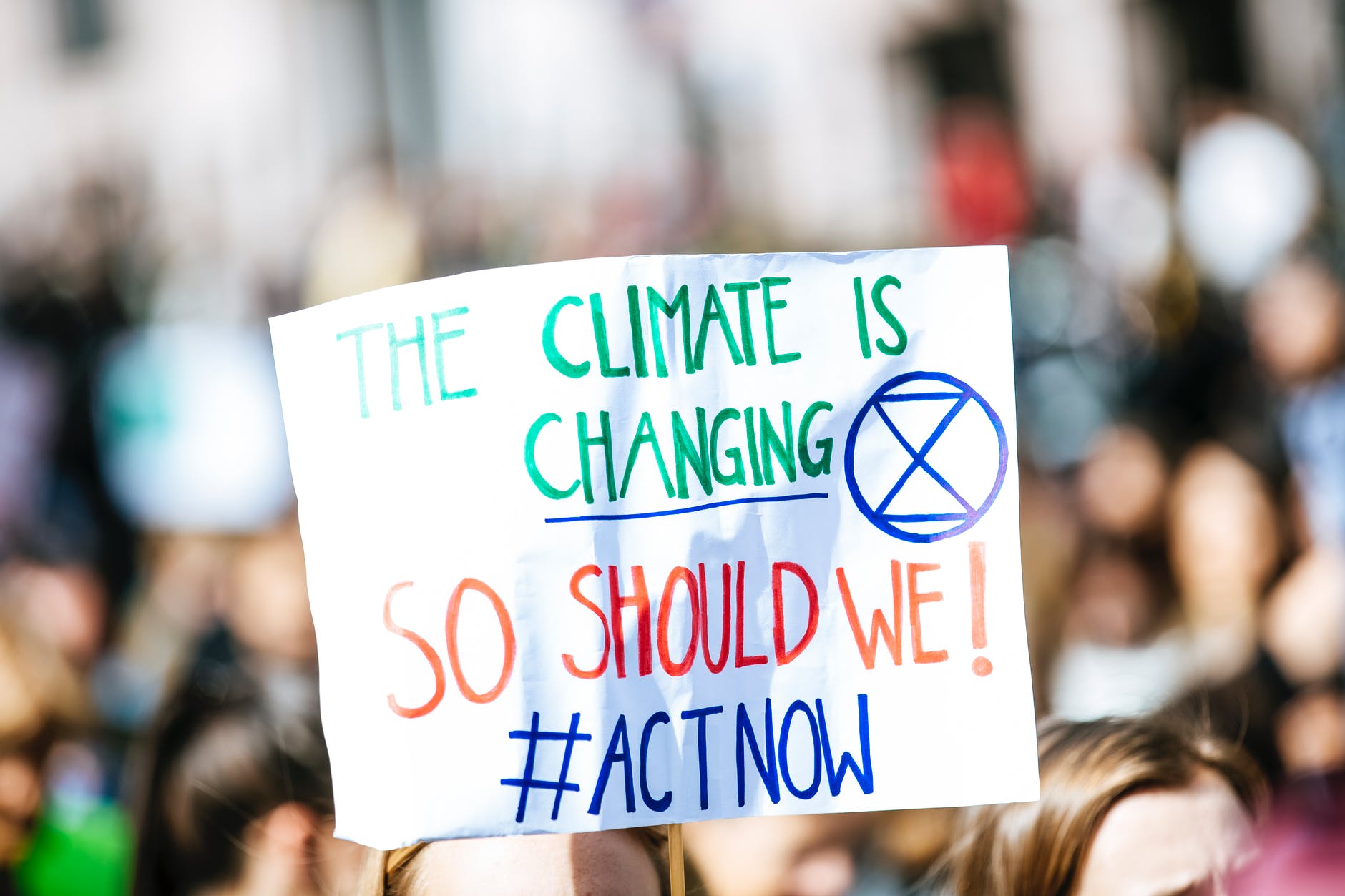
The consequences of unchecked global warming and climate change are serious, but there are things you can do to help. These are issues that the world is currently facing and will continue to face for the foreseeable future. However, combined action can prevent and reverse the harmful effects of climate change.
When learning about the reality of climate change and the effects it has and can have on the world, it is always best to move forward with an attitude of how we can improve and acknowledge that we can still make a change.
The National Resources Defense Council (NRDC) is one of many resources that help break down efforts to combat climate change. One of the most critical actions individuals can take is to contact representatives and policymakers about the issue. Significant contributors to emissions come from industry, and organizing to implement policies that reduce emissions and promote clean and sustainable practices can help prevent further damage from these sources.
Climate.gov, maintained by NOAA (the National Oceanic and Atmospheric Association), offers similar guidance on regulating emissions from industry. This resource also explains that energy conservation on an individual level is an important action as well.
Checking your own energy usage at home is another way to make a difference. Using renewable energy sources whenever possible is an effective goal. Weatherproofing your home can also help reduce heating and cooling bills, which are major contributors to energy usage. Investing in energy-efficient appliances, like those with an Energy Star label, are also good for energy savings.
Reducing waste in terms of water, food and consumer goods also goes a long way to prevent emissions. The David Suzuki Foundation provides good insight on how to accomplish these goals and other tips for positive climate action. This includes using energy wisely, such as swapping your gas stove for an electric one and considering switching to a plant-based diet.
Have a tip or story? Get in touch with our reporters at tips@themilsource.com




Comments ()